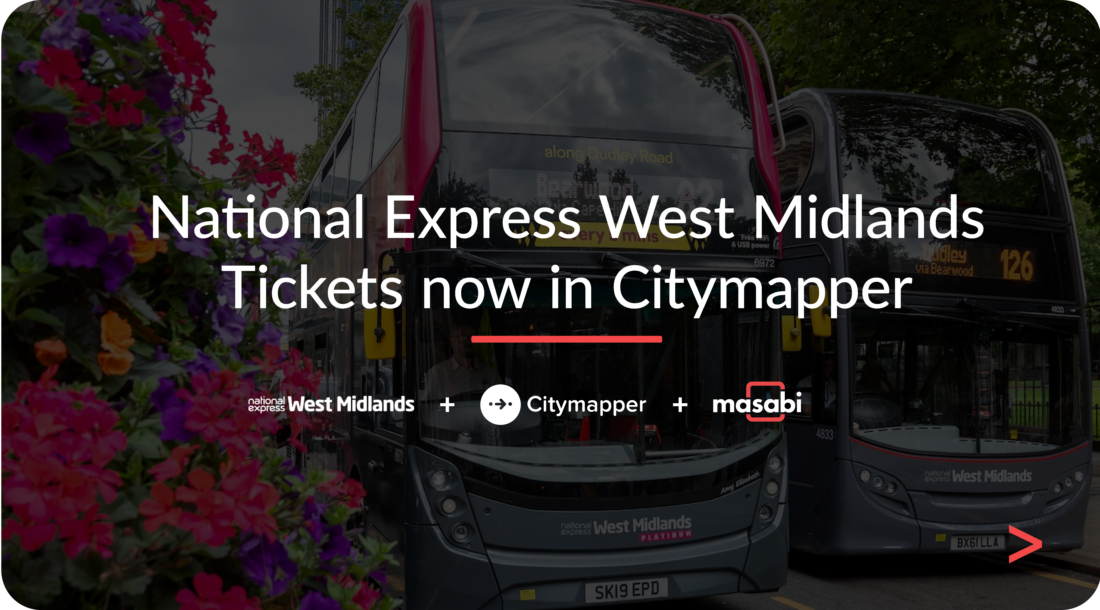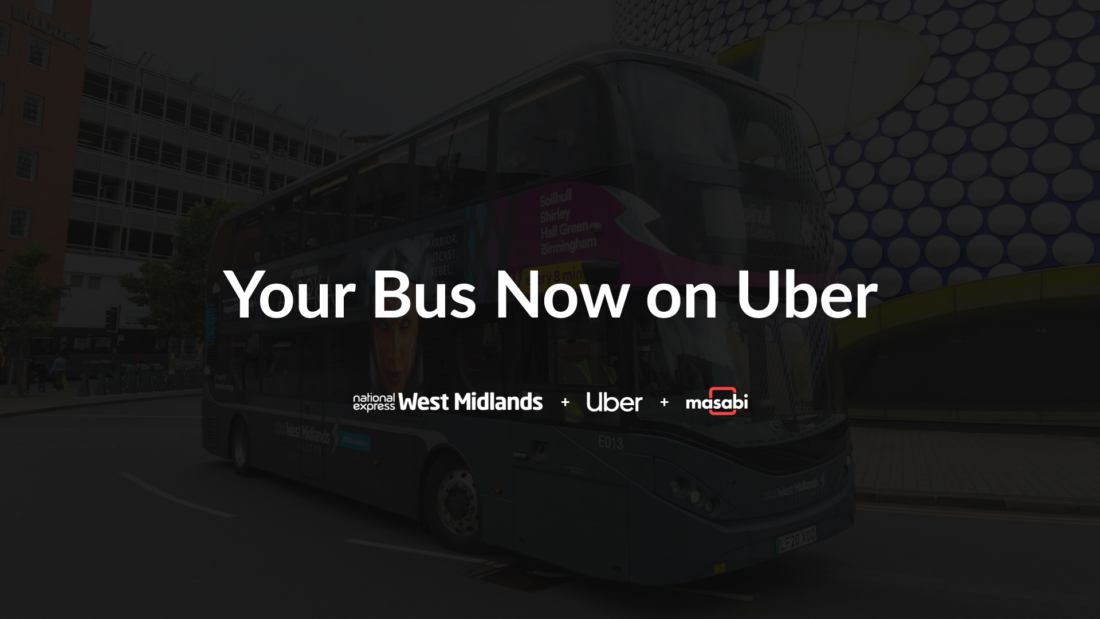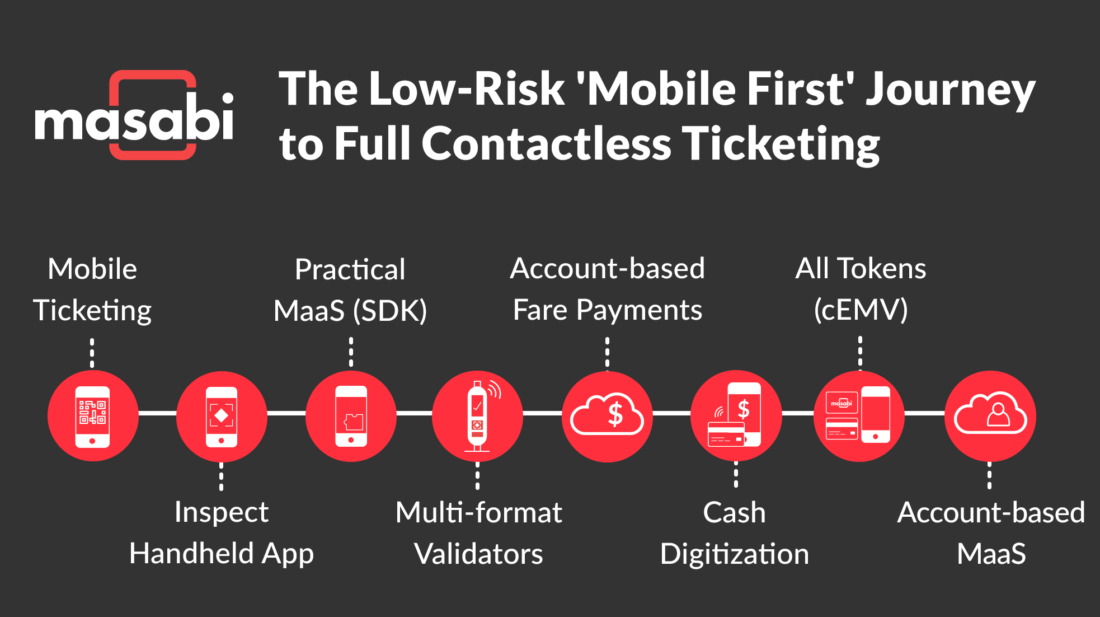
What is Mobility as a Service (MaaS)?
If you are involved in the mobility or public transport industry, it will not be long before you hear the term MaaS or Mobility as a Service, but what does it really mean and why are people talking about it? Also, how far has the industry come with its adoption and how should it be approached?
What is Mobility as a Service (MaaS)?
Mobility-as-a-Service (MaaS) is the movement to a more integrated (or connected) mobility experience from the moment people leave their front doors, until they reach their destination – planning and paying seamlessly and proving this in the most convenient way possible without the use of private cars.
Why Mobility as a Service Matters
MaaS promises to provide a real alternative to private car journeys and ultimately to car ownership helping to reduce congestion by making full first-last mile journeys using shared mobility options frictionless and convenient. In cities around the globe pollution, congestion and rising populations are causing significant issues. By enabling MaaS and being able to fully utilise public and private shared mobility options (like public transport), cities will be able to help move more people faster and more efficiently helping to keep the lifeblood of our cities (the transport network) moving.
Mobility as a Service – the Issues
Where MaaS starts to get complicated is when people talk about how to implement it and the models used to operate MaaS within a city ecosystem. These issues are the result of the discussions around ‘subscriptions’ and the need for public transit operators to give discounts to MaaS providers. However, many of the tools required to enable MaaS without discounts or new business models are available today, meaning steps can be taken to turn this vision into a reality.
Where has MaaS been deployed?
MaaS Pilots: Today, we are at the early stages of MaaS. One of the first deployments went live in Hanover in February 2016, bundling together journey planning with public transport and taxi services to form a ‘joint mobility bill’ which followed a 2014 pilot in Gothenburg with Ubigo. MaaS went live in Finland (Whim) in late 2016 and another pilot is currently taking place in the West Midlands, UK, with Transport for the West Midlands, while in 2018 Transport for Greater Manchester (TfGM ) ran a MaaS proof-of-concept trial. There is also a trial taking place in Singapore and in May, Louisville, Kentucky’s Transit Authority of River City (TARC) became one of the first US transit agencies to release a nearly complete MaaS platform.
MaaS Services: As well as dedicated MaaS projects, various other mobility service providers are also enabling MaaS. Companies such as Transit, Uber, Jorudan and Moovit are all expanding their services to help enable seamless passenger experiences.
Within Transit you can plan your journey, receive real-time journey times, book private vehicles and use the app to access public transport services. The first example of this went live in St Catharines Canada, which after four weeks experienced over 7 percent adoption in ticket sales for public transit. The second deployment was Ezfare (for Neoride) which went live alongside a branded application and serves 13 transit agencies (at the time of writing) in the same solution. Ticketing for public transit in Transit (app) is also live in Denver for RTD.
Uber is the largest ride-sharing company in the world and has helped make solving the first/last mile problem a reality. They have also bought Jump bikes and are investing in autonomous vehicles, flying taxis and have enabled passengers to access public transport tickets and services (if the agency wishes) through the Uber app. This service first went live in Denver in May 2019.
Jorudan, one of the leading public transport journey planning/MaaS services in Japan, launched an integrated ticketing service in Tokyo in June 2019, followed by Toyota City and Oita.
Enabling Mobility-as-a-Service – The 3 Different Approaches on Offer
In Europe, attention in the transportation industry has been given to the ‘Netflix’ approach to MaaS. However, is it the best approach to take? (Spoiler alert, it depends on who you are) and is this the only option available? At Masabi we see MaaS offerings as falling into three groups which we go in detail into below. These are:
- Subscription-based MaaS
- Practical MaaS
- Account-based MaaS
For more information on these approaches you can read our blog post ‘Placing Public Transport at the Center of Mobility as a Service (MaaS).’
Download the ebook: Placing Public Transport at the Center of Mobility as a Service (MaaS) – Practical Steps Public Transit Agencies can take to move to Mobility as a Service (MaaS)
This eBook provides a comprehensive guide to the three different approached to MaaS available today and gives practical steps public transit agencies can take to move to MaaS. Download Here.







